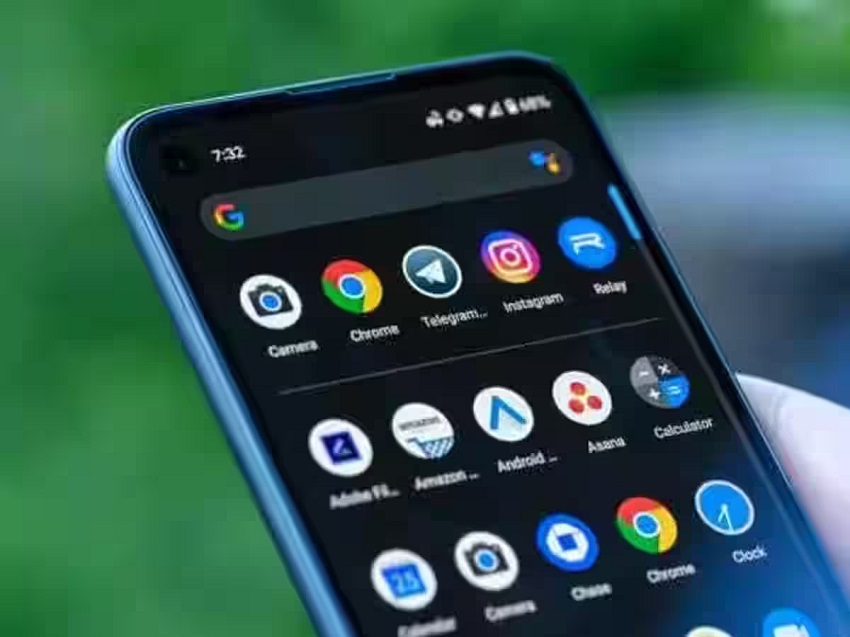What do you do as an aspiring filmmaker when your latest short film’s budget is around the cost of a McDonald’s Happy Meal?
The smartphone revolution altered the landscape of low-budget filmmaking. With cheap and often free apps that can duplicate some of the expensive equipment and software used by professionals, you can make the most of your limited budge especially when you play real money online pokies. Below are the mobile apps you need as a no-budget filmmaker.
Light Meter
A light meter is a device that assesses the surrounding area and provides you with the information you need to determine the proper aperture, ISO, and shutter speed for a specific camera shot, often known as the exposure triangle.
The light sensor in your smartphone performs a similar function. Only it uses the information to execute tasks such as lowering the brightness of your screen or turning it off while on a phone conversation so you don’t accidentally hit buttons with your cheek, which is quite common amongst gamers at choiceonlinecasino.
Light Meter – Lite for Android and Light Meter for iOS are both easy apps that can translate that information into the same data as a professional light meter, at a small sacrifice of accuracy.
Clapperboard
The clapper is neither expensive nor difficult. It may not even be necessary, depending on whether you record your audio independently.
Its snapping sound is used to sync the audio and video tracks, and its dry-erase surface is used to write down information like the scene number, shot number, and other pieces that the video editor then utilizes to organize the footage. When you don’t have a real clapper, this digital clapper comes in useful.
DigiSlate
For decades, low-budget filmmakers have made do with whiteboards. A loud clap from one of your performers can also sync audio almost as well as a clapper. So why bother with an app, even if it’s free?
The answer is accuracy. The snap of a clapperboard creates a unique spike on an audio waveform, allowing the editor to precisely sync the audio and video in their video editing software.
Filmic Pro
Filmic Pro, like Shot Designer, is not free, but it operates on a subscription approach rather than a one-time charge. A free version is still available, however, it lacks some of the more professional features, such as the ability to film in ProRes format or use Frame.io, a useful video collaboration service that has become an essential component of many filmmakers’ workflow.
Despite its limitations, Filmic Pro is often regarded as one of the best manual video cameras for smartphones, and Riyad Mahrez’s wife will love to use it.
Even in its most basic form, the app offers a stunning range of features, including image stabilization and manual control over virtually every aspect of the camera’s settings.
Depending on the quality of your smartphone’s camera, it may not be able to replace your DSLR. However, as a secondary camera, it performs an admirable job of capturing a different angle or an insert shot in a quality that can be smoothly edited into place.
Shot Designer
Many of Shot Designer’s features are restricted behind a comparatively expensive subscription barrier. Its free version is limited, and it hasn’t been updated in a couple of years, except for bug fixes. So, why is it on this list?
The reason for this is that it does an excellent job in the free version. It enables you to swiftly block out a scene with your actors and cameras before shooting.
Props, furniture, and even walls can be added. By giving your crew a solid top-down view of where you want them, you can coordinate the movement of the actors and the camera, saving yourself time and hassles. Essentially, in its free version, it makes an excellent football coach’s whiteboard, just with actors instead of quarterbacks.

